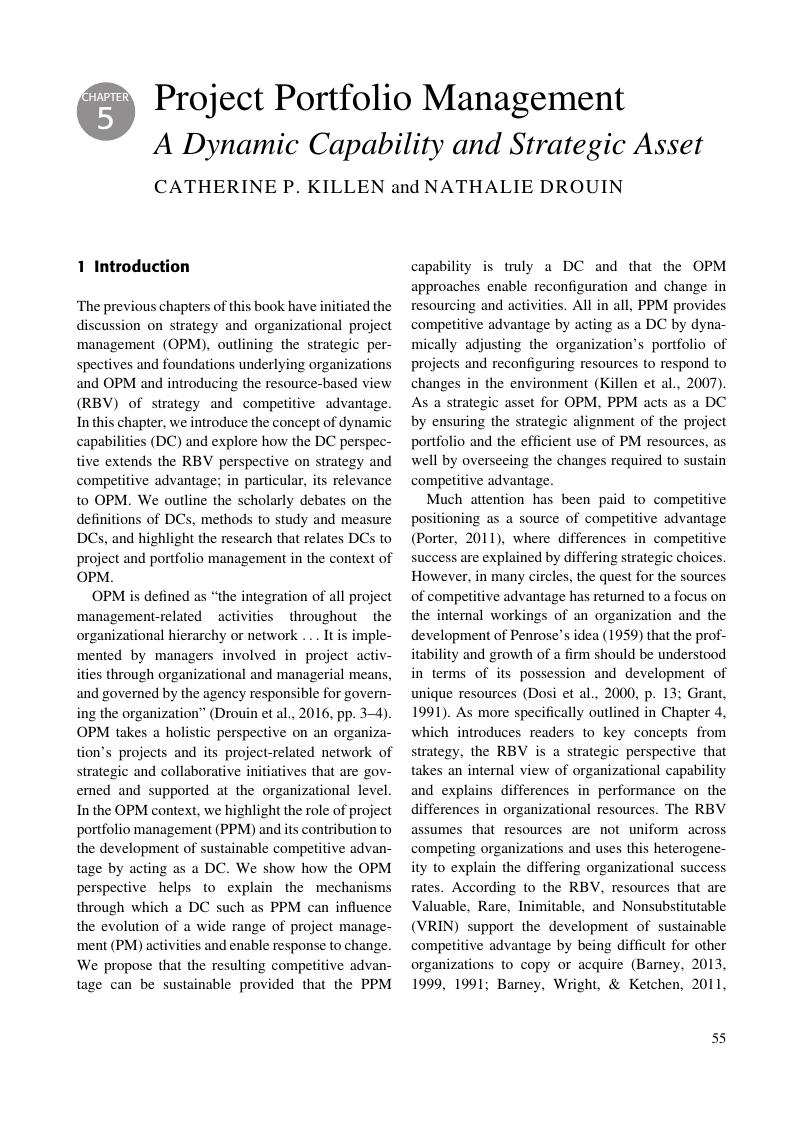Book contents
- Cambridge Handbook of Organizational Project Management
- Cambridge Handbook of Organizational Project Management
- Copyright page
- Contents
- Figures
- Tables
- Contributors
- Foreword
- Introduction
- Part I Strategy
- Introduction to Part I
- Chapter 1 The Nature of Organizational Project Management through the Lens of Integration
- Chapter 2 The Business of Projects in and across Organizations
- Chapter 3 Strategic OPM
- Chapter 4 Strengthening the Connections between Strategy and Organizational Project Management
- Chapter 5 Project Portfolio Management
- Part II Organizations
- Part III People
- Part IV New Directions
- Conclusions
- Index
- References
Chapter 5 - Project Portfolio Management
A Dynamic Capability and Strategic Asset
from Part I - Strategy
Published online by Cambridge University Press: 08 June 2017
- Cambridge Handbook of Organizational Project Management
- Cambridge Handbook of Organizational Project Management
- Copyright page
- Contents
- Figures
- Tables
- Contributors
- Foreword
- Introduction
- Part I Strategy
- Introduction to Part I
- Chapter 1 The Nature of Organizational Project Management through the Lens of Integration
- Chapter 2 The Business of Projects in and across Organizations
- Chapter 3 Strategic OPM
- Chapter 4 Strengthening the Connections between Strategy and Organizational Project Management
- Chapter 5 Project Portfolio Management
- Part II Organizations
- Part III People
- Part IV New Directions
- Conclusions
- Index
- References
Summary

- Type
- Chapter
- Information
- Cambridge Handbook of Organizational Project Management , pp. 55 - 70Publisher: Cambridge University PressPrint publication year: 2017
References
- 1
- Cited by



